| Car Albums | |||||
| Makers | |||||
| Models | |||||
| Jaguar Index | |||||
| Designer: Malcolm Sayer | |||||
| Full menu functions for the buttons above are only available if you ALLOW BLOCKED CONTENT. My menu scripts provide drop-down menus that have been tested with the latest Mozilla browsers. If the scripts do not run, limited navigation is given by these buttons | |||||
Jaguar E-type (XKE) Sir William Lyons revealed the Jaguar E-type at the Restaurant Hotel du Parc des Eaux-Vives by Lake Geneva in 1961, and Enzo Ferrari declared it 'The most beautiful car ever made'. Its looks were the work of Malcolm Sayer , and effectively were an evolution of his racing C-types and D-types. The 3781cc dohc XK engine had first been given to the late XK 150, but the monocoque body was all new and was given independent rear suspension. E-types were available as a Roadster ('OTS' Open Two Seater) or Fixed Head Coupe. In 1964 the 4235cc dohc engine was given to the E-type, and in 1966 the longer 2+2 Coupe body was added to the range. Upgrades produced the Series 1½ in 1967-68, first evidence of American Federal regulations causing the E-type to alter. In 1969 the open headlamps of the Series 1½ continued onto the Series II along with larger sidelamps and indicators and a larger grille opening. The Series III followed in 1971 given the longer chassis of the 2+2 and available as OTS or 2+2 Coupe. The Series III was given the sensational 5343cc V12 engine, but sadly this was needed to push the weight of the Federal regulated car along. In 1975 British Leyland ended the prowl of the E-type. |
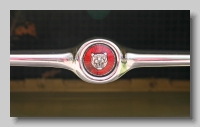
|
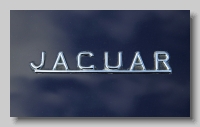
|
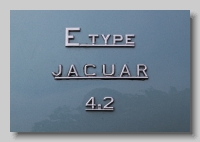
|
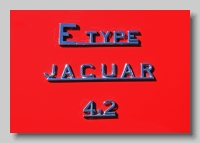
|
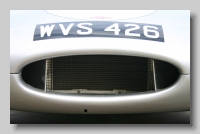
|
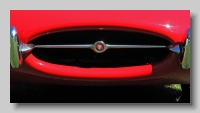
|
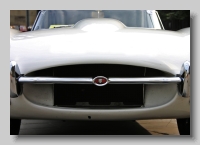
|
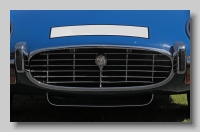
|
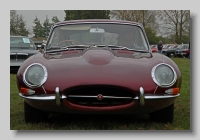
|
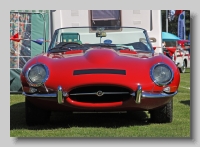
|
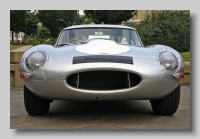
|
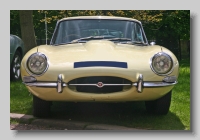
|
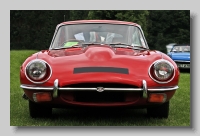
|
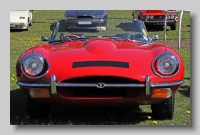
|
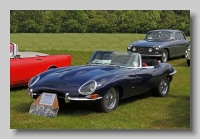
|
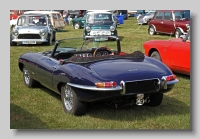
|
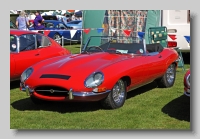
|
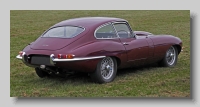
|
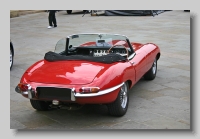
|
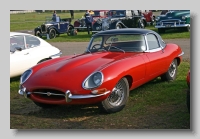
|
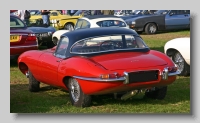
|
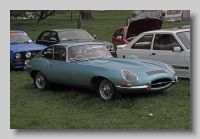
|
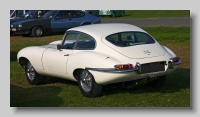
|
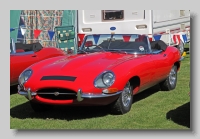
|
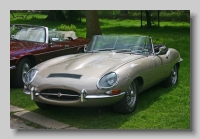
|
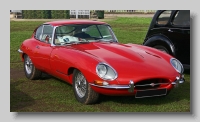
|
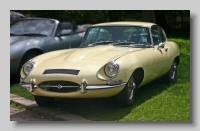
|
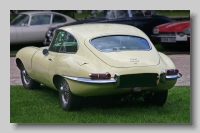
|

|

|
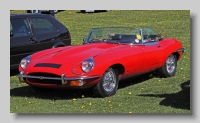
|
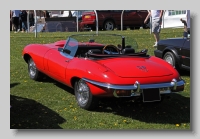
|
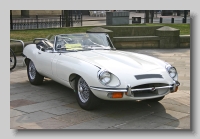
|
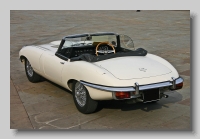
|
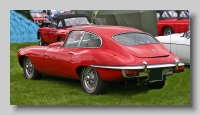
|

|
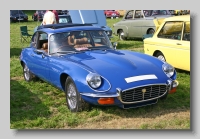
|
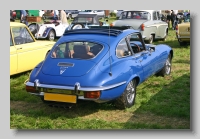
|
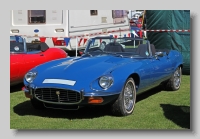
|
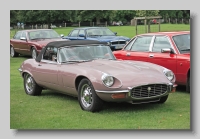
|
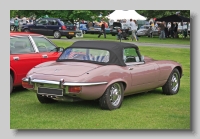
|
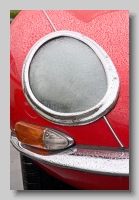
|
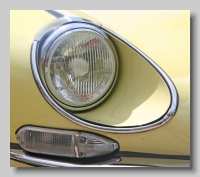
|
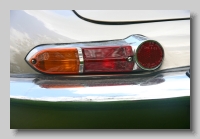
|
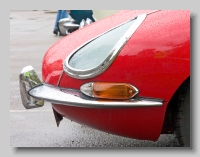
|
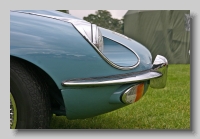
|
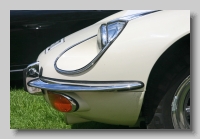
|
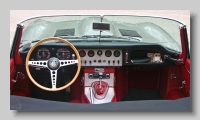
|
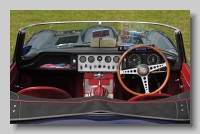
|
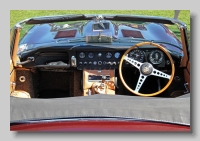
|
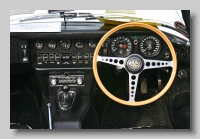
|

|

|
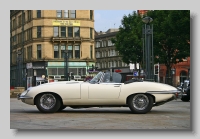
|
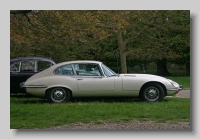
|

|

|
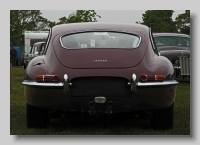
|
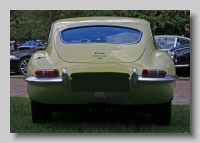
|
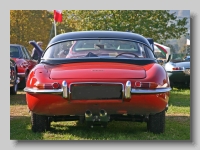
|
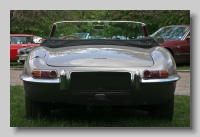
|

|
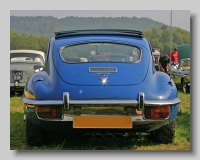
|
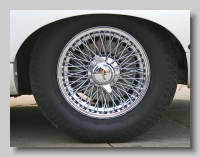
|
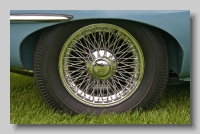
|
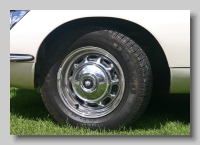
|

|
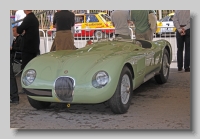
Jaguar C-type (XK120-C)
|
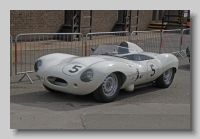
Jaguar D-type
|
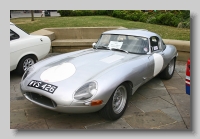
Jaguar E-type Lightweight
|
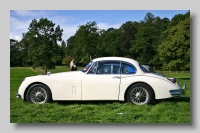
Jaguar XK120, XK140, XK150
|
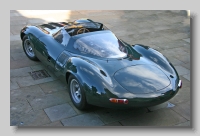
Jaguar XJ13
|
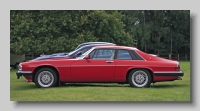
Jaguar XJ-S and XJS
|

Designer: Malcolm Sayer
|
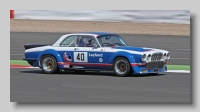
Jaguar Racing Cars
|
| British Cars | Simon Cars | ||||
Images created by Simon GP Geoghegan Email Simon